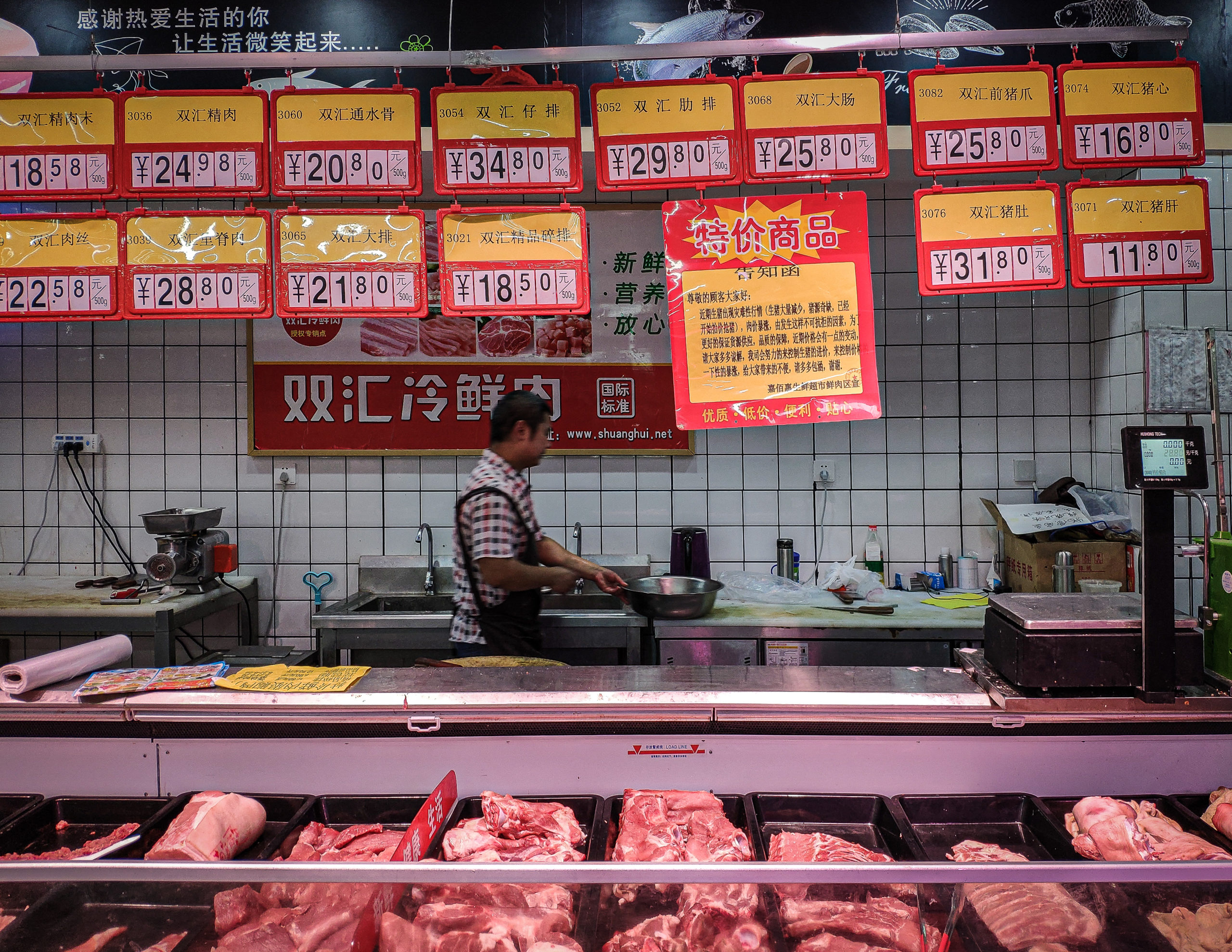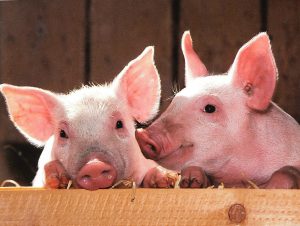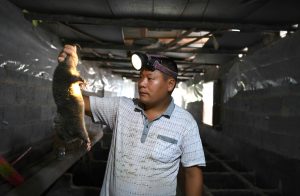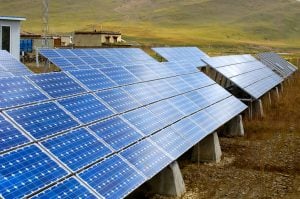Unlike its neighbour Brazil, Argentina is not a global pork powerhouse, consuming 95% of the six million pigs it produces each year domestically. However, China’s swine fever crisis and a surge in investment look set to transform the industry amid concerns over biosecurity and the climate impacts of huge upscaling.
African swine fever (ASF) has slashed China’s pig population by a third, some 100 million. Pork prices, which are reported to have been manipulated by competitors deliberately spreading diseases via drones, surged dramatically but appear to have stabilised. With demand still high, China’s Ministry of Commerce has turned to its 40-year old reserve system of bulk buying and auctioning imported frozen pork for only the eighth time since 1998. But it also wants new suppliers.
100 million
the estimated number of pigs Argentina will produce as it looks to recover its swine fever-hit population
Major Latin American producers like Mexico and Brazil stepped in. Argentina, which only sent its first shipment of pork to China in 2019, is also getting in on the act. As a country with ample land and grains for pig feed, Argentina has significant potential to increase production and looks set to sign a US$27 billion investment deal with China this year. The plan could enable the annual production of 100 million pigs in the next eight years.
“We have to put Argentina on the pig production map,” said Lisandro Culasso, president of the Argentine Association of Pig Producers (AAPP). “We would be generating work, income for the country and added value for grain production.”
Swine fever puts China in Argentina’s sights
AAPP and Biogenesis Bagó, a biotechnology company that focuses on animal health and which has a strong presence in China and Southeast Asia, are working to upgrade the China-Argentina pork trade.
Esteban Turic, CEO of Biogenesis Bagó, saw a market opportunity for Argentina in the possible eight-year window that it could take to develop a swine fever vaccine.
“China has to solve its pork supply and Argentina today has no reasonable production,” he said. “But we have enormous potential for inputs and resources. What we lack is investment.”
Turic made initial contact with Chinese importers and the AAPP soon signed a memorandum of understanding with the Chinese Association for the Promotion and Industrial Development (CAPID). Chinese importers are expected to visit Argentina in March.
These are amounts of investment that we’re not used to in Argentina
The Argentine government supports the project, which could generate up to 100,000 jobs directly, according to initial estimates. It would also positively impact the economy through the construction of numerous breeding and fattening farms.
$1.70
the cost of producing a kilo pork in China, twice what it costs in Argentina (US$)
According to Culasso, production costs in Argentina are lower than in main producer countries. There are farms in Argentina that produce at US$0.85 per kilo, while in the US it costs $1.10 and in China $1.70.
“We did a survey of the main Chinese companies and the interest is real,” said Culasso. “These are amounts of investment that we’re not used to in Argentina.”
In response to manipulation aimed at keeping prices high in China, the Ministry of Agriculture and Rural Affairs recently introduced measures to enable citizens to report incidents relating to swine fever that might affect the market. The maximum reward for reporting price speculation is 30,000 yuan (US$4,325).
Safe upscaling?
Due to growth in domestic consumption, Argentina has doubled pork production from 280,000 to 565,000 tonnes over the last seven years. It was authorised to export pork to China last year.
There are more than 100,000 pig farms in the country, most of which are located in the central region, which counts on readily available corn and soybeans – key ingredients in pig feed – as well as a favourable climate and low sanitary risks.
facilities must have biosecurity measures to prevent diseases, treat effluents and ventilate properly
While Argentina is not exposed to diseases such as ASF, there are challenges in ensuring animal welfare and the rational use of antibiotics, according to Jorge Brunori, a pig expert at Argentina’s Institute of Agricultural Technology (INTA).
“The use of antibiotics is still very high. The consumer is putting pressure on the production chain to change this. It is an activity that uses a lot of chemicals and there may be rules imposed on this in the future,” he said.
Jumping from the production of 6 million pigs to 100 million in a short timeframe would be a huge challenge for Argentina. Today, the sector uses its entire installed capacity. It would therefore be necessary to build new plants in order for Argentina to process pork to satisfactory standards.
“The facilities must have biosecurity measures to prevent diseases, treat effluents and ventilate properly, in addition to ensuring the proper movement of animals,” said Turic. “If you don’t do it this way, you expose yourself to a health risk.”
A spike in production would also present climate-related challenges for Argentina.
The agriculture, livestock, forestry and land use sector already accounts for 39% of Argentina’s emissions, according to its latest national inventory. Although some Argentine agricultural producers recently pledged to neutralise the carbon footprint of their exports.
“In concentrated farms, where the perceived efficiency is higher, the food must come from carbon-intensive monocultures, either within the country or abroad,” said Wanqing Zhou, a researcher at NGO Brighter Green.
“It’s difficult to handle the large amount of animal waste, which leads to higher emissions.”






![Woman points into the distance on the way to the Women's Empowerment Centre meeting near a village on the transboundary Mahakali River basin [All images by Minket Lepcha]](https://dialogue.earth/content/uploads/2020/02/Minket-Story-1-Main-Picture-300x200.jpg)
![A farmer creates noise using pots and pans to 'scare off' locusts swarms [image by: Sirajuddin]](https://dialogue.earth/content/uploads/2020/02/IMG_5294_cropped-300x202.jpg)

